Interzone266 BlackStatic54
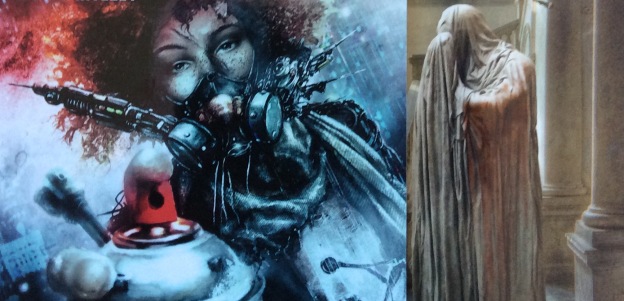
My previous reviews of INTERZONE and BLACK STATIC as published by TTA PRESS are linked from HERE.
Fiction by Tade Thompson, Georgina Bruce, Ray Cluley, Malcolm Devlin (X 2), Aliya Whiteley, Steven J Dines, Ralph Robert Moore, Julie C. Day…
I intend to review the above fiction during October and my comments will eventually appear in the thought stream below.

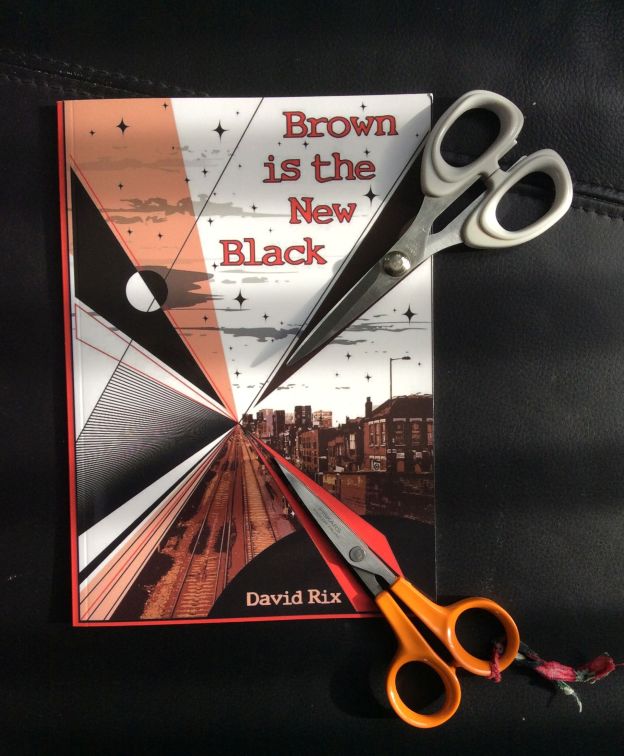
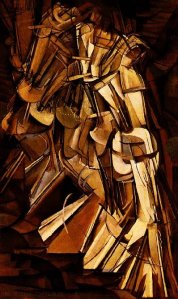 “It is hard to grasp how high railway platforms are until you are on the tracks below them.”
“It is hard to grasp how high railway platforms are until you are on the tracks below them.”

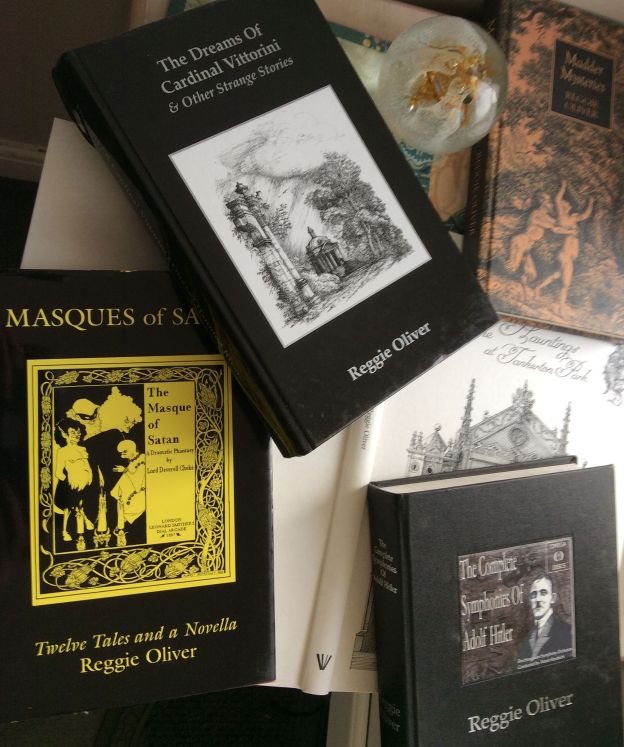
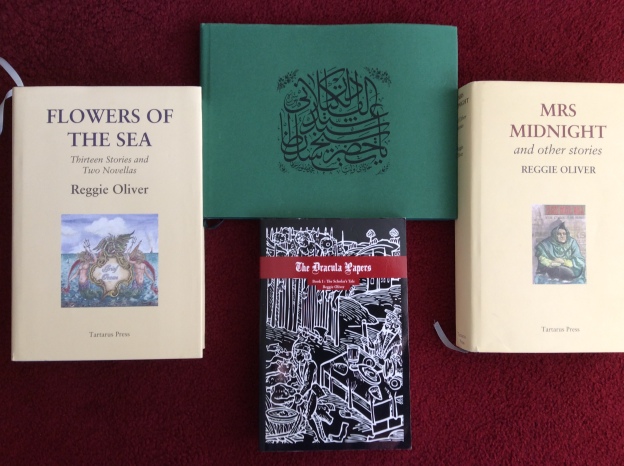

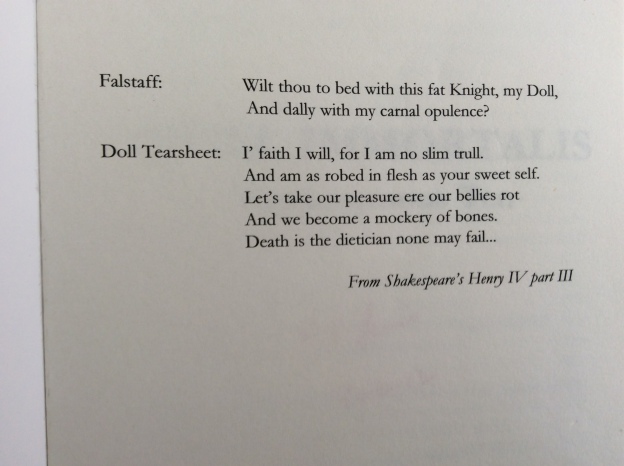
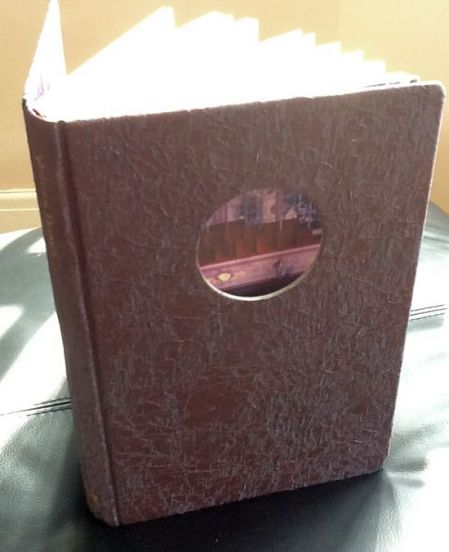
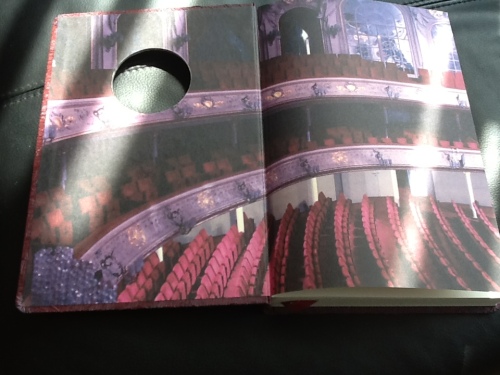
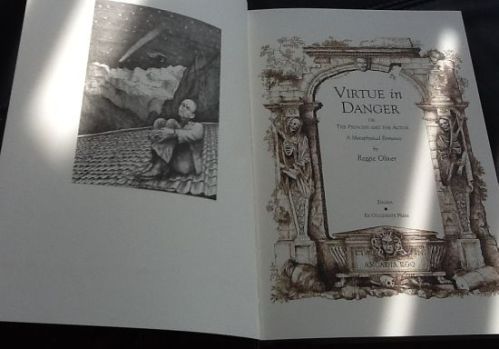
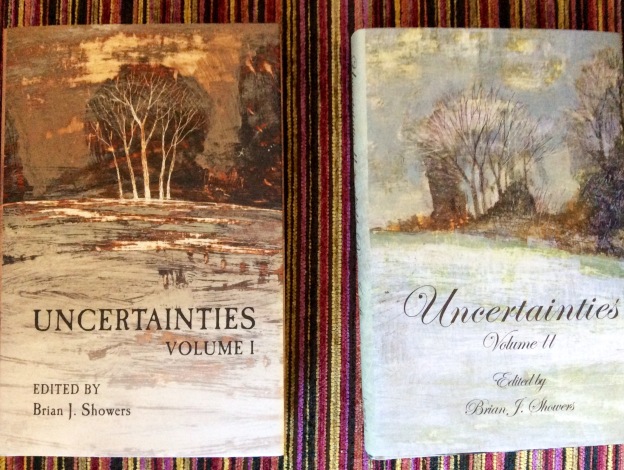
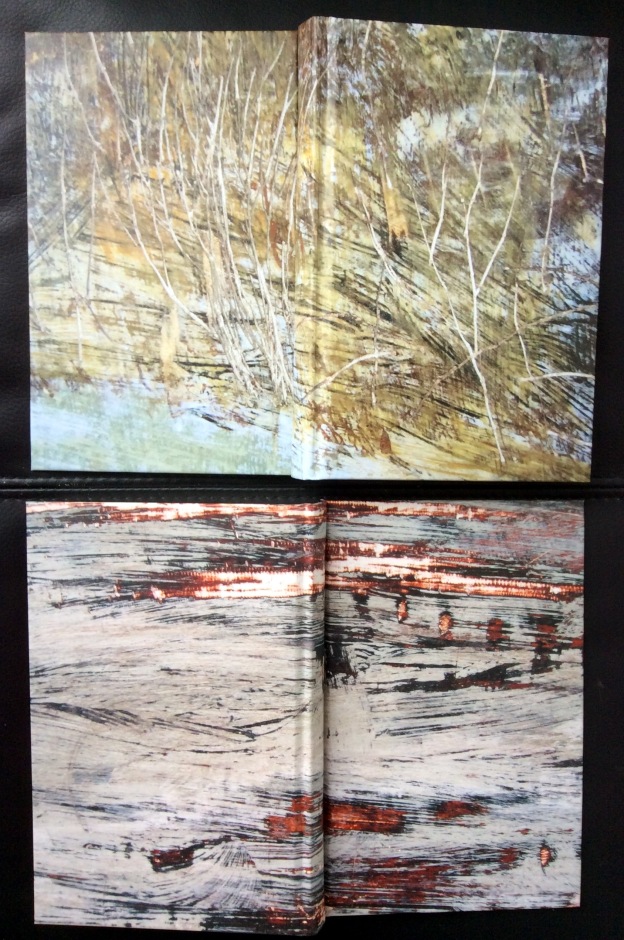

 My reviews of nearly one hundred Ex Occidente Press books – Valentine and non-Valentine works alike – are linked from
My reviews of nearly one hundred Ex Occidente Press books – Valentine and non-Valentine works alike – are linked from 
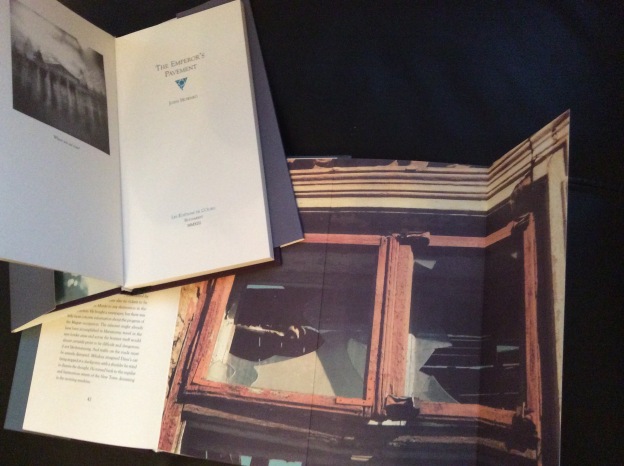
I reviewed SJD’s story in Black Static #48 on 26 September 2015 HERE, showing a photograph of me in front of Salisbury Cathedral…which brings me aptly to –
PERSPECTIVE by Steven J. Dines
…which also features Salisbury Cathedral.
“But if those letters were an anagram of a revelation meant only for you…”
A powerful point-of-view collage triangulated between the man and his youthfully rape-scarred fifty something wife, now blind through stress, feeling her way in the dangerous field of life like a kitchen and in her field of dreams with its sky-river and poppy-like daisies and rotten apples holed by worms, both fields artfully conveyed. Hauntingly and disturbingly so. Triangulated with the man who raped her, the man come back now to stalk her…the words say so, the numbers say so, read them, count them up and see it all, see the things he leaves, the things her husband does in his mind with mirrors and imaginary gloryholes echoed by her own “hole inside her” and the letterbox he pokes to get at the stalking rapist, fingers straight through a magazine paper image, a paper page a bit like that Salisbury Cathedral one, if a different image, an image implicitly like the Origin of the World painting by Gustave Courbet…
This stuff is worrying stuff, it gets at you, and I guessed the ending, but even guessing it right, as I think I did, made it seem even more surprising, even more shocking. And that is an amazing perspective,
“Digital images all have the same basic limitation. They’re incapable of connecting us to the dead.”
A moving, often poetically expressed story about a photographer, a darkroom one, not digital, who uses it to seek his deceased wife, in touching unacknowledged visionary collaboration with his well-characterised small daughter (and her teddy bears) and with his cousin friend of the family called Pete… the latter pair are in cahoots painting a mural as part of this inferred project. A mural with a red borderline between what they have painted and what they haven’t yet painted, reminding me of the dreamfield in the previous story and its poppies and rotting apples (explicit “field” and “poppy” in the Day)… The words somehow, for me, become stitched to the brain rather than passing through it, like the photographs are developed more and more by the photographer on his skin, as I learn more and more of his widowering backstory.
“I lost track pretty early on how many hands I let grasp mine as they shuddered and went lifeless.”
You MAY be pleased to know that this is up to the high RRM benchmark of disturbing fiction that lingers afterwards with you and continues to grow increasingly disturbing for possibly years afterward. This work has a last line that is something else – one, with its implicit meaning, exceeding even THAT benchmark.
Without giving away spoilers, this is a tale of an 18 year old girl, a virgin in two out of the three ways, and a 30 year old swaggerer in a bar who wins her in a bet over pool play from her young diffident boy friend…
She has four tests for him, the fourth one being a bit like coming out of this work’s closet, if fiction CAN have a closet to come out of, a closet perhaps more powerful than what the closet-leaver alreaady is. Like she has her own Dines gloryhole from earlier in this magazine’s fiction, built in as a portable voyeur. You won’t get it from that, and if you do get it before reading this RRM, you may wish you hadn’t EVER got it, depending on who or what you think you are or who or what you see yourself becoming.
I think now that I must have seen, relatively recently, RRM’s thin things retreating while I was in a hospital at the point when I finally let go of someone’s newly lifeless hand…
“They fell to silence for a moment and the argument at the pool table, violence brewing, filled the gap.”
This novelette (the third such in this magazine) has violence brewing not only at RRM’s pool table but also in the ‘rapture’ of his visions, here now delivering unto ‘grace’. For me, these are darkroom-processed – not digital – word-photographs of the fifth anniversary of a recurrently auto-correctable werewolf plague that affects a select number of the population, a new select group like ‘gays’ used to be, out of their own closet, and begun to be accepted in a deadpan way, almost a masque or a slowly pent up dance between social groups, our hero here being part of both such dances, social and wolfish, now in a workaday painter’s bib, coincidentally (?) meeting the woman, shedding her own skin of business civility, in a were-pub, having been interviewed by her for his old professional well-suited, well-garbed advertising job he had before the initial plague. That dogsbody or blue collar masque, that method-acting, that mannered interchange of mores and moods and brewing violence (and a once wolffish transmogrification that may never happen again), that masque, that lugubrious dance of social waltzing as one gets drinks in two kinds of pubs, is a whole panoply of low-key spiritual-GPS manoeuvres between, inter alia, a barroom brawl and a flirting exchange. The whole two-pubs thing In this work and the two bars’ socially acceptable miming emotions takes up a huge mind-boring (‘bore’ in two senses) chunks of this mesmerically downbeat text. The conversational machinations are like initially Feldman-like, then speeded-up, minimalist music with complex glimpses of what monsters they might turn into – or like RRM’s thin things, I imagine. A strange work, not only weird-strange, but also attritional-strange in good and bad ways of a reading experience. Intentionally so, successfully so, and more! And dare I wonder in which direction the transmute-filter works between both public sides of the above by-line? A diffident work. A disarmingly major work.
THE APOLOGISTS by Tade Thompson
“I ramble on, because Nico has encouraged me to free-associate,…”
I apologise in advance for taking this advice, something that is my wont anyway, as I try to fabricate at least an impression of this story, now it has been read and vanished somewhere between the enforced ‘”variability” and the “Proustian fugue” of my mental sump. Let me tell you that I loved it, loved its hilarious vision of an Earth taken over by aliens who then apologise profusely, if with the odd word out of place, for destroying our world and helping the five surviving humans rebuild it, that is to rebuild a remembered London and its population, with a go-between alien called Nico who tries to have a Tom Jones image (Welsh singer not Fielding). I can’t go into all this work’s conceitful gems, but it starts with a pub-world bar-ethos called the Cock and Bull synchronously in tune with that in the above Devlin work. A line of expletives given to make any human simulants more realistic is another highlight. Where do I start, where do I end, in failing to do justice to this provocative (sometimes poignant) streaming of proto-empathic Tadery? I think I should perhaps consult one of its “prayer-points.”
“Whilst I have no objection to creative interpretation, no matter how whimsical,…”
…But I can’t help but draw synchronous connection BETWEEN the alien’s need for language perfectibility as a transmitted human facsimile AND the Tadery above, as I ponder the intriguing Sapphic triangle here of Alien Jane (Alien only in name), Mariel of media studies and Susan the exolinguist. One of them writes a love letter to another of the trio with the more restrained, but fundamentally similar, “chemical reaction”, similar to the “suppurating” love letter sent to her by a real life alien who in humanity’s real-time is spatially-temporally extinct. Full of social satire and inter-professional tweaks of reaction and reference, and I can’t help but admire the internal “fatal paradox” of this work as well as its attitude to piano music played by Lang Lang. Still echoing in my mind, as all good literary works should.
(And the alien’s sexual slime of the tentacles — that turn up in the transmission from an extinct world, written as if not written by anyone, the fact of being writerless making it even more evocative as a non-language sensitivity of sexual body instead of straitened mind — becomes Jane’s apricot yoghurt that also turned to slime?)
[It seems poignant and perhaps relevant to report that as I finished writing the above, I have since been watching news reports of Rosetta’s deliberately induced crash upon the comet, still broadcasting to us even though, in its own 40 minutes’ earlier real-time, it has already crashed.]
SIDEWAYS by Ray Cluley
“There’s a big gap where I lived for a while, where my life went sideways.”
This seems like a well-researched but marvellously extrapolative portrait of test pilots in the 1950s. It is a substantive work that I can easily imagine being recurrently anthologised; very well-characterised with the plot’s earliest backstory flying with the the near future and with a further future’s present day by turns, with believable descriptions of the new aircraft being flown, prefiguring some version of the stealth of the future, I guess, and the men who flew them, and their families, and the deeply touching aftermath of certain events, and what is seen as an unforgettable vision during the flights in one particular aircraft.
There are here more barroom intermissions that add to this review’s treatment of such an accreting ethos with these occasions’ manoeuvres being of equal importance to the actual flights of imagination and truth that the fictions otherwise deploy.
“But our love is not sticky, and it does not drag me down, it elevates me. It gives me wings to rise above the slime.”
A significant reference, there, preternaturally coincidental to the Georgina Bruce story and the Ray Cluley one!
Here are more love letters for this magazine’s fiction, seen and read from one side of the correspondence between disparate souls, with regard to a mass sought-after flower’s bloom and its scent, and the bloom’s propensity to wilt upon each person’s inhalation of that scent. A constructively oblique poetic work that manages to have a fey, even effete, sportsman boxer as part of its concept of an ultimate tontine. Today’s SF magazine as the new fin de siècle Go-Between?
“…the sweetest moment is the unrepeatable moment. Gardeners live for each bloom…”
“…she planted it as close to the house as she dared. It didn’t block the view. Its scent was too subtle to mask the smell of bodies as they turned, but it was a gesture, and sometimes that was all that was possible, sometimes that was enough.”
This novelette (the third such in this Interzone) is probably one of the most difficult works of fiction I have ever had to comment upon, not difficult however in understanding the plot, but only in commenting upon it, giving it a context within this Interzone’s fiction as well as alongside this author’s other novelette I read in the last few days as reviewed above. I tried to find the painting it mentions of a woman slightly disturbed to be found in her cluttered kitchen. I think I found it, but not sure enough to reproduce if here, a painting that seems to seal this book like the pre-Raphaelite painting did in Brian Aldiss’s Report on Probability A. This Devlin is a significant work, accretive, attritional, an insidious account of a row of detached houses that gradually become ‘unliveable’ in and the inhabitants have to move to other houses in the row. It has the darkness holes, stealth geometries and gaps of the Cluley. The scent of the bloom quoted above reminding me of the Whiteley. A pre-fabricated stage- or film-set as if housing simulants from the Tade Thompson. The extinct star to real-time world type of communication between discrete abodes, their propensity to drop off and become temporally extinct one by one towards some ultimate tontine, here the tontine prize being Christmas and Boxing Day (not the sport of Boxing, but surely a resonance there with an earlier work in this Interzone?)
It is more method acting, another masque or mannered drama of events, reminding me also of Alan Ayckbourn theatre and Brian Aldiss’s novel ‘Report on Probability A.’ And more I can’t yet nail down. The work is undeniably something really special. A pattern perhaps of today’s alienation and housing crisis or a satire of residential committees? Another One End Street? A template for Brexit? Still accruing its effect upon me, even though I have finished reading it.
There is much more in Black Static and Interzone in addition to their fiction – and, meanwhile, this is another gestalt of these magazines’ fiction that has never disappointed me since I started real-time reviewing it a number of years ago,
————